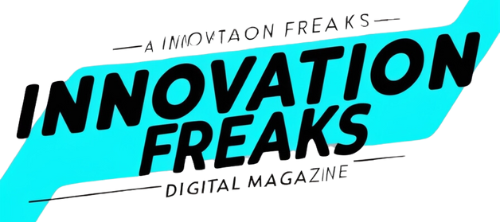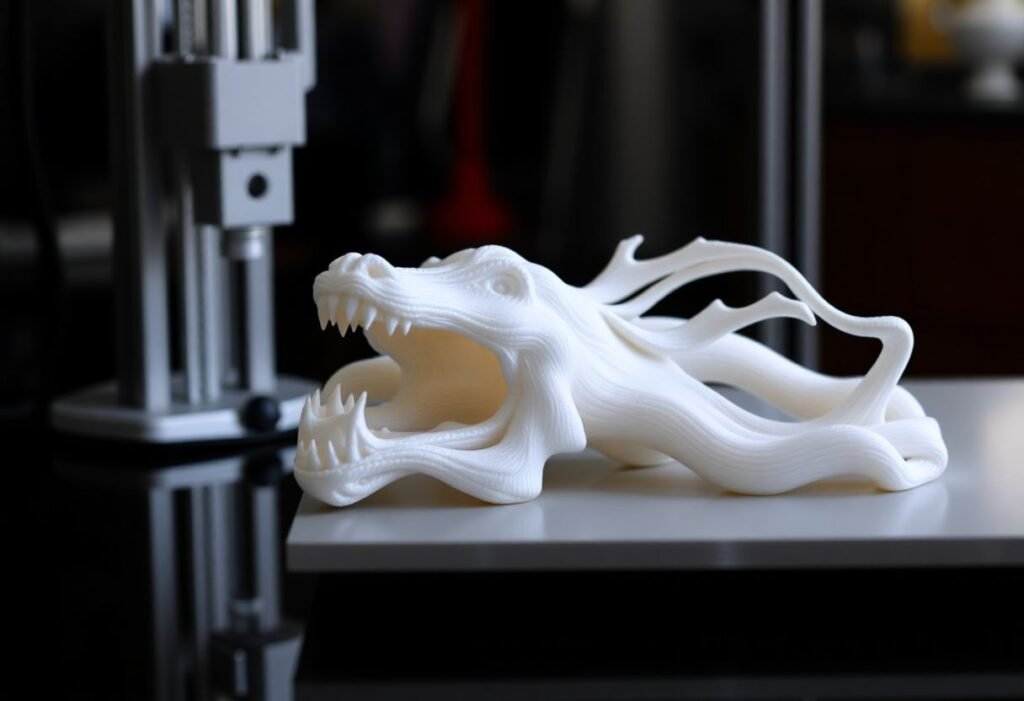The rise of DIY 3D printing has revolutionized the innovation landscape, empowering individuals and small businesses to create custom products. This technology democratizes manufacturing, enabling creativity and reducing reliance on large industries.
The Transformation in Manufacturing
3D printing is transforming traditional manufacturing methods. This innovation allows for rapid prototyping and the creation of complex geometries that were previously impossible. Customization has become a buzzword; consumers desire products tailored to their needs. The ability to print on-demand reduces waste and inventory costs, making it a sustainable alternative to traditional manufacturing. As a result, we see a shift towards small-scale production, with hobbyists and professionals alike embracing 3D printers to bring their ideas to life.
Accessibility and Cost-Effectiveness
The accessibility of 3D printing technology has significantly changed the landscape of product development. Previously, tools and equipment were limited to industrial use, but now affordable 3D printers are available for home use. This change has lowered the barrier to entry for aspiring creators, allowing them to experiment and innovate without large financial investments. Moreover, the cost-effectiveness of producing small batches means that startups can compete with established players, fostering a culture of innovation and entrepreneurship.
Educational Opportunities
In educational settings, DIY 3D printing provides students with hands-on experience in STEM fields. Schools and universities are adopting 3D printing programs, enabling students to learn about design, engineering, and technology. This practical exposure encourages creative problem-solving and enhances critical thinking skills. As a result, students are better prepared for careers in high-demand industries that seek skilled professionals with practical knowledge.
Innovation through Collaboration
Collaboration is at the heart of the DIY 3D printing movement. Online communities and forums foster a culture of sharing knowledge and resources. Designers share open-source models that anyone can use and modify, accelerating the pace of innovation. This community-driven approach encourages collaborative projects and enables users to push the boundaries of what is possible with 3D printing technology.
Challenges of Intellectual Property
Despite the opportunities, DIY 3D printing brings several challenges, particularly regarding intellectual property. With the rise of customizable designs, there are questions about patent infringement and copyright issues. Creators must navigate a complex landscape to protect their designs while promoting accessibility. Balancing protection with the desire for innovation is an ongoing challenge in the 3D printing community.
The Future of DIY 3D Printing
The future of DIY 3D printing looks promising, with continuous advancements in technology and materials. As the industry evolves, we can expect to see improved printing speeds and expanded material options, making 3D printing even more versatile. Additionally, as the culture of DIY innovation gains traction, we can anticipate a new wave of entrepreneurs who will leverage this technology to disrupt traditional markets.
Disclaimer: This article is intended for informational purposes only and does not constitute professional advice.





















